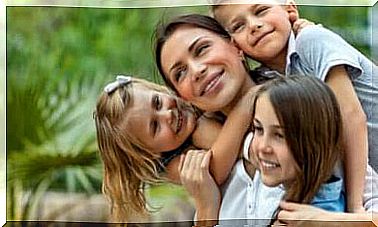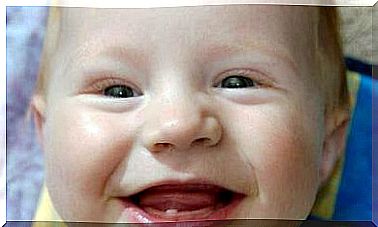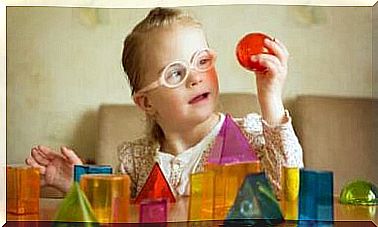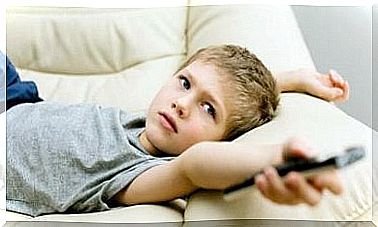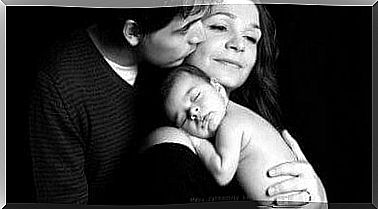The Benefits Of Group Dynamics In The Classroom
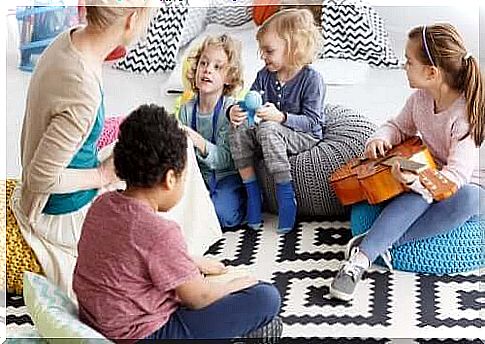
To understand what we mean when we talk about group dynamics in the classroom , we must first define what group dynamics actually is.
What does group dynamics mean?
Dynamics, or group dynamics, refers to the psycho-social discipline that studies and analyzes qualifications, development, problems, forces and the interdependence that arises within a group. The American psychologist of German origin, Kurt Lewin , was the pioneer when it comes to studying groups in this way.
Lewin tried to gain a better understanding of groups and how they work. He explained how their internal changes were due to forces and conditions that affect the groups as a whole and looked at how the members react.
By studying and analyzing the forces that exist in a group, we can understand it better. Working with dynamics can thus help to improve how the members of the group work together. So how is all this possible?
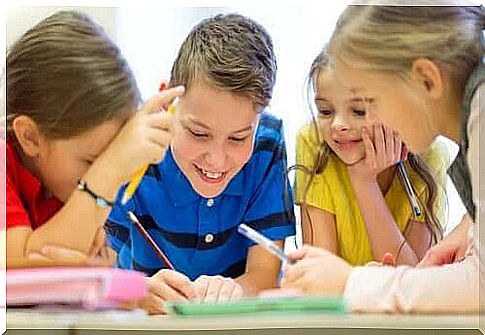
Group dynamics in the classroom
Several group dynamics have been developed to work with groups and how they work. Many of them are well suited to work with in the classroom if we consider the class as a group.
These group dynamics, also known as group processes, refer to systematized media or applied procedures. They aim to better organize the group and develop its activities.
Then different activities and games are developed for the classroom based on the knowledge base that group dynamics theory provides. These are games and activities that can help the group achieve the proposed goals and increase its effectiveness.
In the specific case of group dynamics in the classroom , the purpose is to stimulate learning, socialization, creativity, cohesion, communication, cooperation, autonomy, responsibility, etc. In addition, it contributes to solving problems and conflicts within the group.
There are several well-known examples of group dynamics, such as discussion groups, role-playing games, brainstorming or Phillips 6.6 . These techniques serve as a basis for the development of other dynamics, activities and games to work with within groups, all according to the specific characteristics of each group.
Some examples
Group dynamics are classified in many different ways, depending on the authors in question. But in almost all cases, there are common conditions such as the goals pursued, the maturity of the group, its size, its environment or the characteristics of its members.
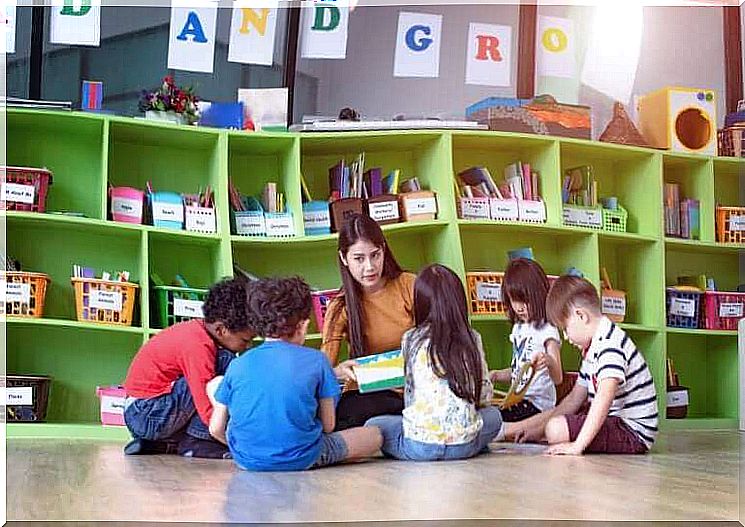
When working with group dynamics in the classroom, these and other conditions must be taken into account. Here are some examples:
- Communication and collaboration: The large mural
In groups of six students, they must agree on an idea to be represented in a large painting. The goal of this dynamic is to increase communication and consensus among group members based on teamwork, active listening and respect for the opinions of others. - Communication, motivation and guidance for the task: Interviews between two parties
Two and two alternately ask each other questions about a specific topic. The purpose of this dynamic is to highlight students’ prior knowledge and use this to get inspiration to work deeper with the subject. - Problem solving and creativity: How do we solve this?
Students should provide guidance and come up with possible solutions to a problem. This can be, for example, how to overcome fear of the dark or become less shy. The goal of this dynamic is to provide creative solutions and ideas and discuss problems that may affect us all.
